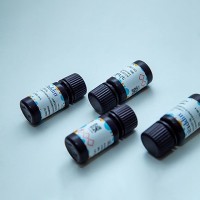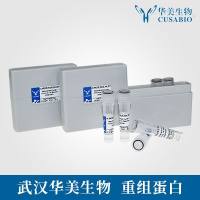The neuronal growth cone, a highly motile structure at the tip of neuronal processes, is an excellent model system for studying directional cell movements. While biochemical and genetic approaches unveiled molecular interactions between ligand, receptor, signaling, and cytoskeleton-associated proteins controlling axonal growth and guidance, in vitro live cell imaging has emerged as a crucial approach for dissecting cellular mechanisms of growth cone motility and guidance. Important insights into these mechanisms have been gained from studies using the large growth cones elaborated by Aplysia californica neurons, an outstanding model system for live cell imaging for a number of reasons. Identified neurons can be isolated and imaged at room temperature. Aplysia growth cones are five to ten times larger than growth cones from other species, making them suitable for quantitative high-resolution imaging of cytoskeletal protein dynamics and biophysical approaches. Lastly, protein, RNA, fluorescent probes, and small molecules can be microinjected into the neuronal cell body for localization and functional studies. This chapter describes culturing of Aplysia bag cell neurons, live cell imaging of neuronal growth cones using differential interference contrast and fluorescent speckle microscopy as well as the restrained bead interaction assay to induce adhesion-mediated growth cone guidance in vitro.






